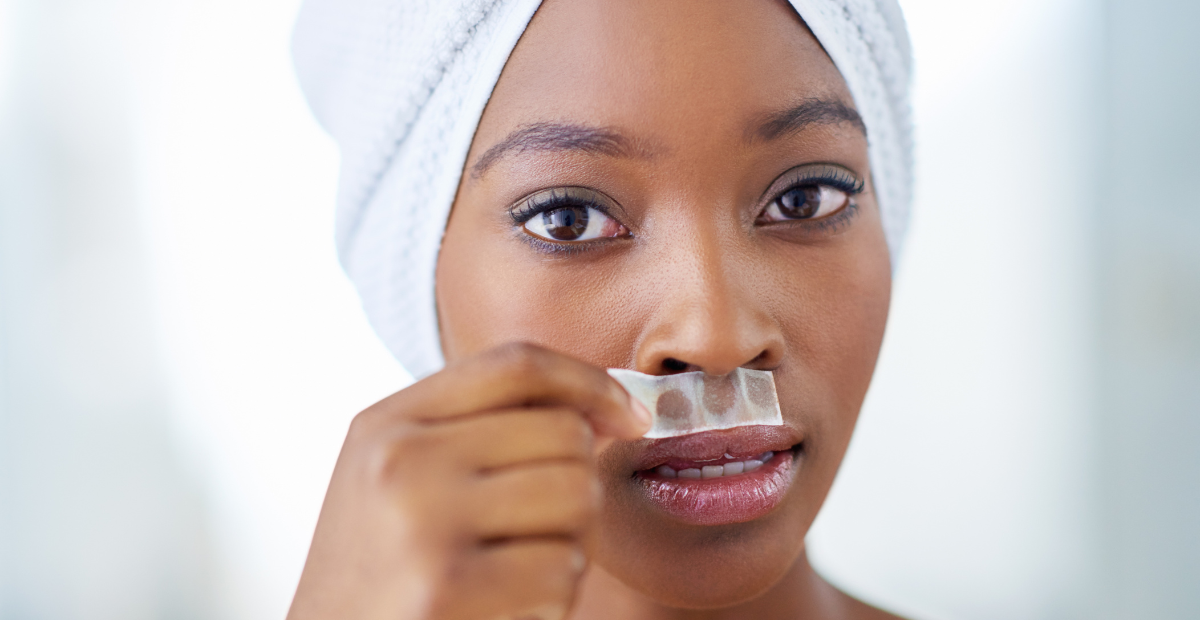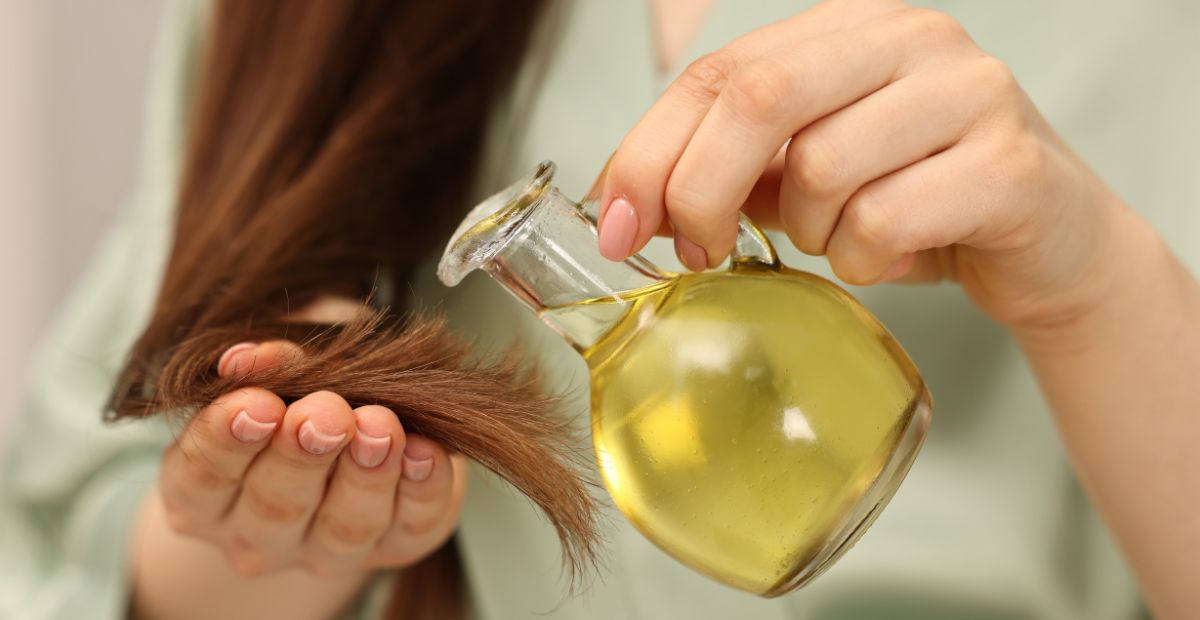DIY Skin Care Recipes To Last You Till The Next Restock
Onskin Content Team
Your guides through the skincare chaos
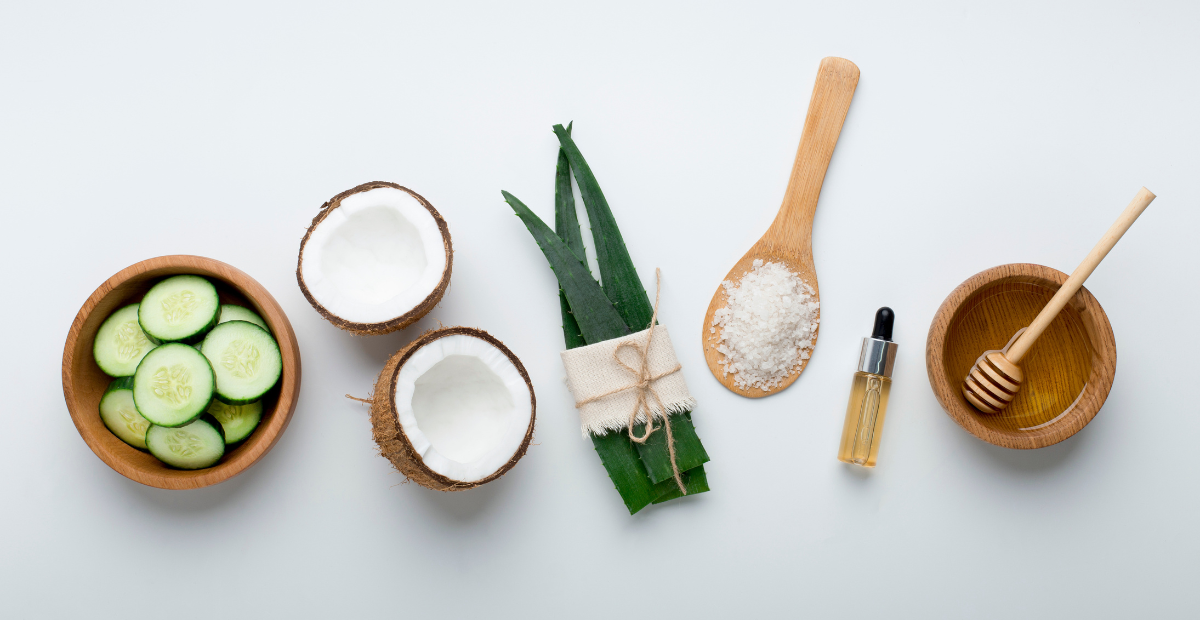
Using up a whole bottle of a skincare product before noticing it’s time to restock is something that happens more often than not. You’re busy! Sometimes, keeping track of every product in your beauty collection is just not a priority. The solution? DIY skin care!
Because you might be out of your (insert brand) soothing toner, but there’s a high chance you have some green tea in your kitchen. Not the same thing, but you can still get a ton of benefits out of the regular ingredients you have lying around in your pantry and fridge.
Here are five DIY skincare recipes that’ll come in clutch when you’re low on the store-bought stuff.
Soothing oatmeal mask
DIY skin care is all about utilizing what ingredients you already have in your house. And who doesn’t have some oatmeal lying around in the pantry?
When your skin feels irritated or dehydrated, this simple two-ingredient mask can quickly and efficiently fix that for you. All you need is some honey and colloidal (or very finely ground) oatmeal to create an effective alternative to a store-bought product.
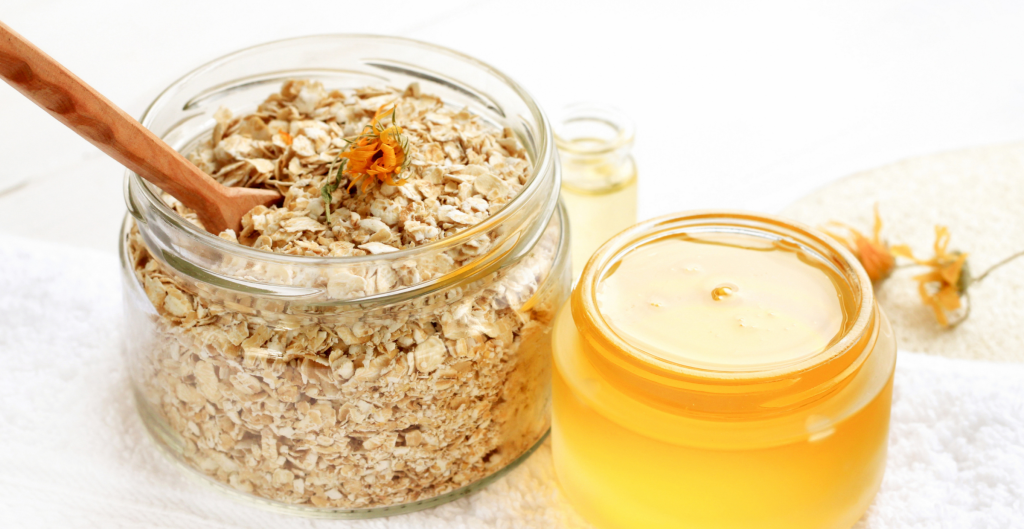
Why colloidal oatmeal specifically? It has well-documented anti-inflammatory, barrier-protecting, moisturizing, and soothing properties. It’s a godsend when it comes to soothing itchy and irritated skin.
What you’ll need
- 1 tablespoon of finely ground colloidal oatmeal
- 1 tablespoon of raw honey
How to use
Mix the two ingredients until a thick paste forms. Apply it to clean, damp skin, leave it on for 10–15 minutes, and then rinse gently with lukewarm water.
Safety tips
While it’s generally unlikely for this recipe to cause issues, it’s best to use pure, raw honey. Some processed honeys may contain additives that could irritate the skin. Additionally, you should avoid using honey topically if you have a known allergy to bees or pollen.
Please patch-test any DIY skin care before applying it to your face!
Antioxidant green tea toner
Toning is an optional step, but if it works for you, don’t skip it. A good toner can help remove any last traces of impurities and provide a first layer of hydration.
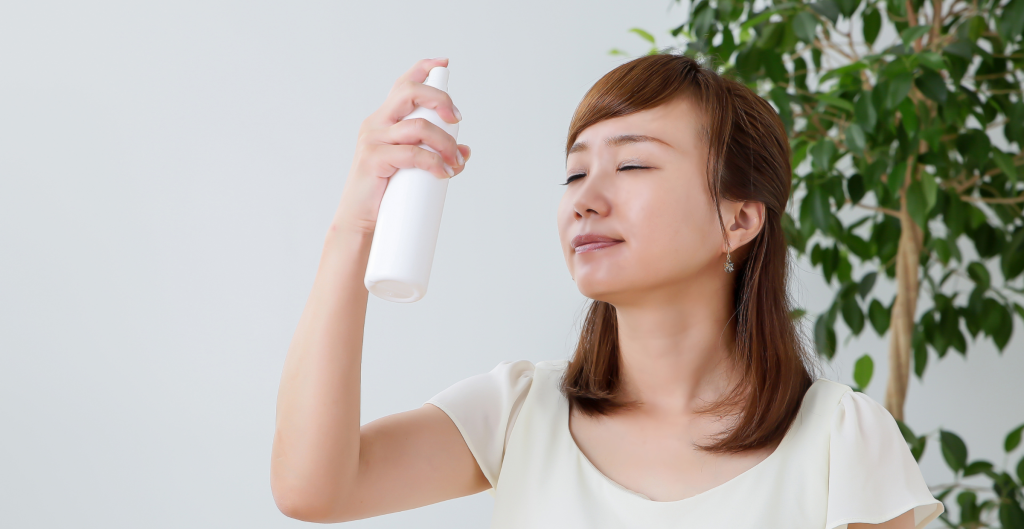
Green tea contains a compound called catechin, known for its well-researched antioxidant and anti-inflammatory properties. If you’re noticing some redness or inflammation, brewing a pot of green tea and turning it into a toner is one of the easiest ways to deal with it.
What you’ll need
- 2 green tea bags
- 1 cup of filtered water
- A clean spray bottle
How to use
Brew a strong cup of green tea, allow it to cool completely, and then pour it into your spray bottle. Use it in the morning and before bed after cleansing by gently patting it into your skin.
Safety tips
Green tea is generally safe for all skin types. However, because this toner contains no preservatives, keeping it refrigerated (for no longer than a week!) is crucial to prevent bacterial growth. If you notice the liquid has become cloudy or developed an off smell, discard it immediately!
Brown sugar lip scrub
Chapped or flaky lips are one of the easiest issues to fix with DIY skin care. To show some extra love to the most delicate skin on your face, all you need is some brown sugar and honey!
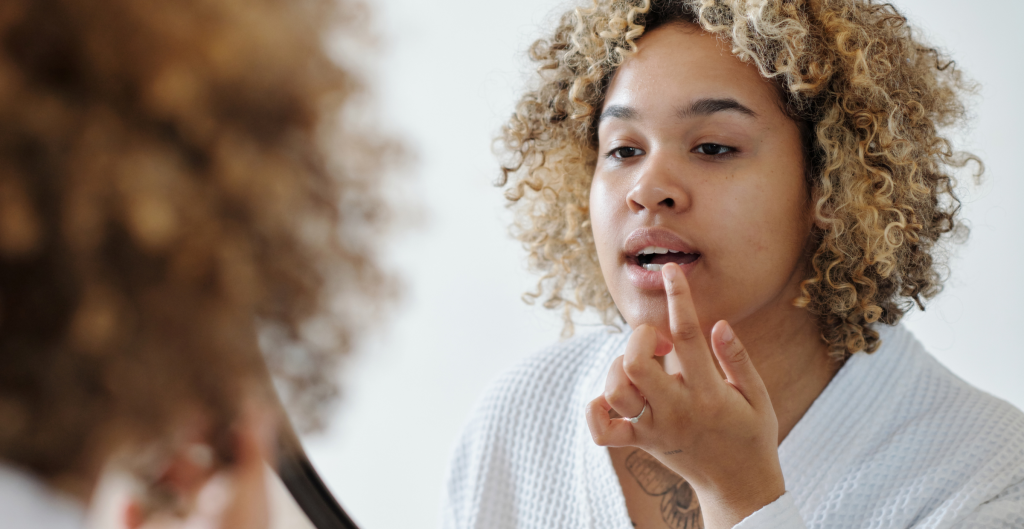
Why brown sugar? It’s an excellent physical exfoliant. Its granules are naturally round and softer than white sugar, which makes it less likely to cause micro-tears.
What you’ll need
- 1 teaspoon of brown sugar
- ½ teaspoon of raw honey
- A small drop of olive or coconut oil (optional)
How to use
Mix the ingredients. Gently massage the scrub onto your lips in small circular motions for about 20 seconds, then rinse off. Follow up with a balm.
Safety tips
The key to this DIY skincare recipe is gentle application. The skin on the lips is very thin and delicate: you want to avoid scrubbing too vigorously. Use it once or twice a week at most, or you risk over-exfoliating and damaging your lips’ protective barrier.
Exfoliating turmeric treatment
When your complexion is looking a little dull, a brightening treatment can feel like a reset button. A yogurt and turmeric mask is a time-honored at-home skin care that can bring a healthy glow to the surface. It acts as a gentle, natural alternative to chemical exfoliating treatments or brightening masks.

Yogurt contains lactic acid, which helps gently exfoliate and moisturize the skin. Turmeric, in turn, contains curcumin, a compound with known antioxidant and anti-inflammatory properties.
What you’ll need
- 1 tablespoon of plain, unsweetened yogurt
- A very small pinch of turmeric powder
How to use
Mix the yogurt with a pinch of turmeric to form a paste, then apply a thin layer to a clean face. Leave it on for 15–20 minutes before rinsing thoroughly, and use it no more than once or twice a week.
Safety tips
Turmeric has a strong pigment and can temporarily stain pale skin or light hair around the hairline. To minimize this, use only a very small pinch of turmeric and mix it thoroughly into the yogurt. Applying a thin layer of oil (like coconut or jojoba) around your hairline and eyebrows can also act as a barrier to prevent an unintentional dye job. Keep in mind that turmeric can also stain towels and clothing.
Soothing cucumber-aloe gel
There’s nothing wrong with enjoying the outdoors, but spending time outside comes with the risk of sun damage. Using SPF religiously is a must, but what do you do if you didn’t quite manage to escape the sunburn?
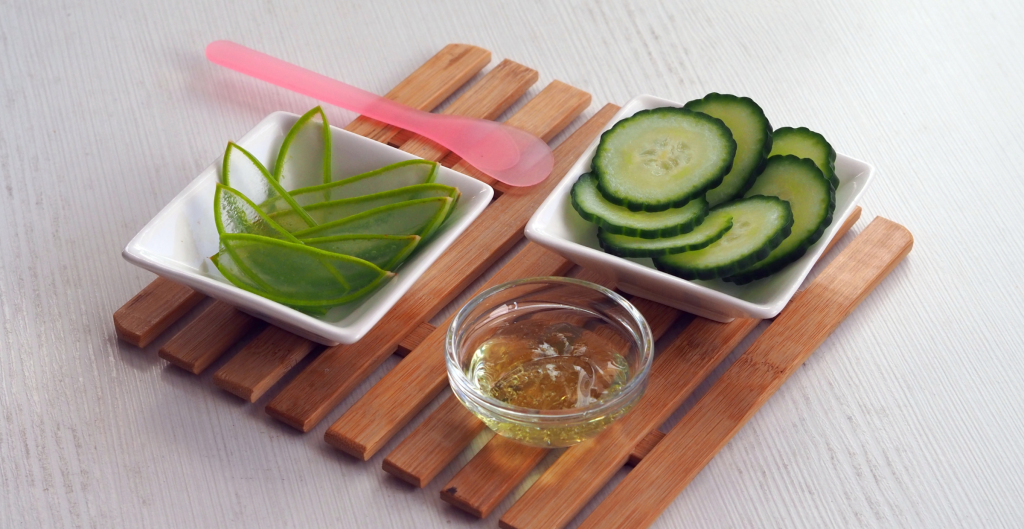
There are several steps you can take to relieve the burning sensation and help the affected skin. One of the most important ones is choosing the right after-burn remedy.
Aloe vera is famous for its soothing and anti-inflammatory properties. It’s a top-choice ingredient used in store-bought sunburn creams for a reason! Mixing it with cucumber makes it even more effective.
What you’ll need
- ¼ of a fresh cucumber, peeled
- 1 tablespoon of pure aloe vera gel (from a leaf or store-bought, 100% pure)
How to use
Blend fresh aloe vera (the clear inner gel) and peeled cucumber, then strain the mixture to create a liquid. Apply to clean skin.
Safety tips
While rare, some people do have an aloe vera allergy, especially if they’re allergic to plants in the same family (like onions, garlic, or tulips). So, remember to patch-test! If you’re using fresh aloe from a plant, be sure to avoid the yellowish latex (aloin), which can irritate the skin. As with any DIY skin care, make this gel in small batches and store it in the refrigerator for up to one week.
Final thoughts
Running out of your favorite skincare products doesn’t have to come with an emergency trip to the store or a waiting period for a next-day delivery. Using what you already have in your kitchen can provide your skin with the care it needs to stay happy.
And remember to stay consistent with the routine that works for you. Check the labels on any new skincare and have fun experimenting with DIY beauty treatments when you’re low on the store-bought stuff!
- The efficacy of colloidal oatmeal cream 1% as add-on therapy in the management of chronic irritant hand eczema: a double-blind study. (2020). https://pmc.ncbi.nlm.nih.gov/articles/PMC7103792/#S0005
- A green tea containing skincare system improves skin health and beauty in adults: an exploratory controlled clinical study. (2022). https://www.mdpi.com/2079-9284/9/5/96
- Aloe vera for sunburns: does it help? (2022). https://health.clevelandclinic.org/aloe-vera-for-sunburn
FAQ
-
Where do I start with OnSkin?
Download the app and think of a product you’d like to know more about. Then, go to the main screen and choose how you’d like to get the info —by manually looking it up in the search bar, by scanning its barcode, or by simply taking a picture of the packaging. Once you’ve done any of these, you can see how safe the product is and if it suits your skin or hair (if this analysis is available).
-
What is Safety Rating, and how is it calculated?
In OnSkin, we base product rates on ingredients. Each is closely studied by our medical team and then evaluated. This way, each product gets a score from 0 to 100, with 100 as the safest level.
Safety Levels
- Excellent (76–100)
- Good (51–75)
- Not great (26–50)
- Bad (0–25)
These scores are backed by the latest scientific studies. You can find links to the resources we’ve used on each ingredient page. To assess the safety of product ingredients, we evaluate them according to the following parameters/criteria
- Endocrine disruption risk / Reproductive toxicity
Indicates the probability of mimicking, blocking, or interfering with the body hormones.
- Сarcinogenicity
Measures the potential risk of inducing cancer.
- Allergy risk
Estimates the probability of an allergic reaction.
- High concentration alert
Determines the risk of being unsafe in certain amounts.
-
What is Skin Match?
Based on the info you input about your skin type, age, skin care goal, and other “settings,” OnSkin checks how well a product is tailored to your unique skin needs — it’s basically like a dermatologist helping you find the right products, minus the fees and the long wait. The product you’re checking might be labeled as It’s a match!, Hit-or-miss, or Not a match for you. The app also detects ingredient groups such as Anti-acne, Anti-inflammatory, Moisturizes, May be drying, Comedogenic, and others — by tapping one, you see exactly what ingredients from this or that group are in the product.
-
I seem to have a problem with using the app. Who should I contact?
Please reach out to us at [email protected], and we’ll carefully look into your issue. Your ideas for improving the app are also very welcome!
-
Do you have an Android version?
Not yet! Hey Android users, we hear you, and we're thinking about making an Android version, but we haven't started the development yet.
Tracker Sent!
It’s on the way to your inbox.



